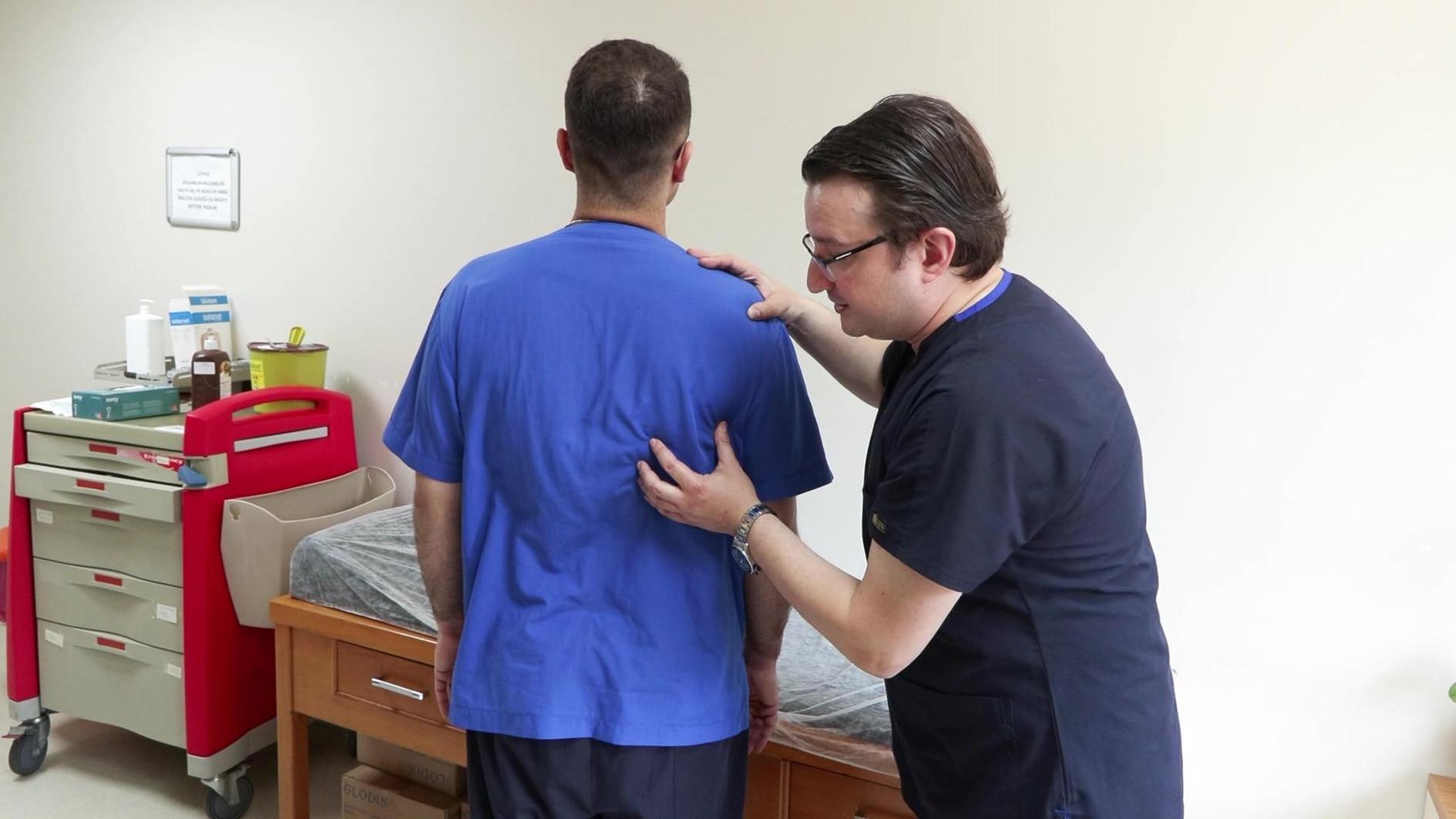
A group of Turkish doctors have carried out scientific research on the cause of lumbar pain and presented a groundbreaking discovery, published in "Pain Practice," the official publication of the World Institute of Pain (WIP), a non-profit establishment in the medical field.
Turkish physicians have scientifically demonstrated that lower back pain is caused by the fattening and weakening of the outer side muscles at both sides of the back, contrary to the long-held belief in the medical community that it stems from the fattening and weakening of the muscles in the lower middle part.
Despite being initially rejected by numerous publications, the pioneering research was eventually published in "Pain Practice," with its editor-in-chief's "must read" notice.
Assistant professor Murat Şakir Ekşi, one of the doctors who carried out the study, has emphasized that these findings could dispel all the fallacies in the literature, ranging from how MRI results are interpreted to the exercise programs given to the patient.
“Recent studies have revealed that lower back pain occurs as a result of deterioration, fattening and shrinking of the back muscles. We wanted to conduct a new study on our own patients, and we found out that the different muscle groups were the main cause, in contrast to what is commonly believed,” he explained.
Ekşi stated that they performed in-depth analyses on 66 individuals with low back pain and 66 individuals who do not suffer from low back pain, all of whom were of the same age and gender.
Indicating the details of the study, Ekşi said, “The muscles in the middle lower part of the back were weak and fatty in those without back pain though they did not suffer from back pain. That is how we provided the scientific proof that the pain is actually initiated by a different muscle group.”
Ekşi underscored that the study is of great importance as it deviated significantly from the medical community's established "gold standard."